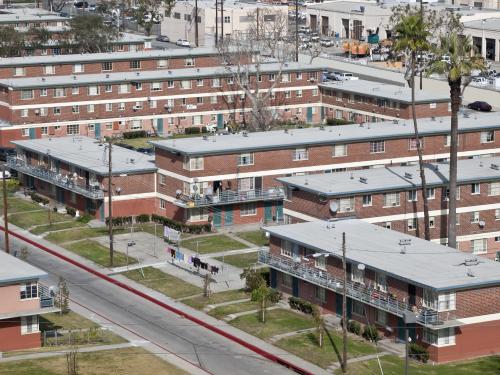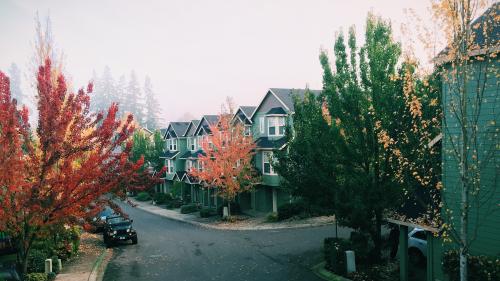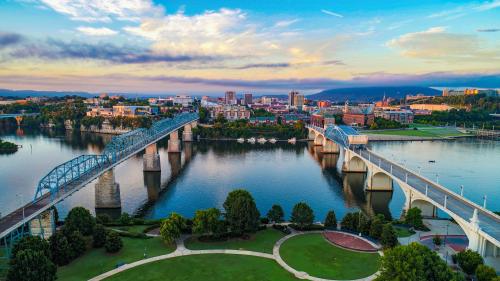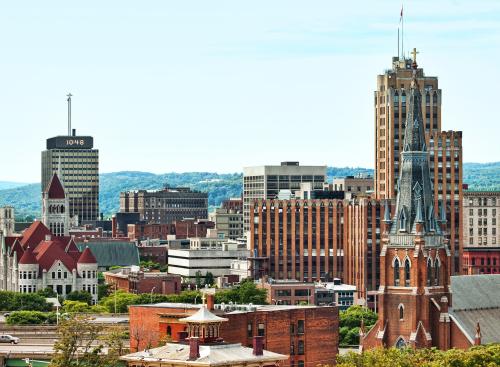Cities trying to win the new Amazon HQ2 would be wise to consider Seattle’s housing price growth over the past five years: prices increased at an astronomical average annual rate of 10.3 percent from 2012 to 2017. That’s substantially higher than national housing price growth during this time period (6.2 percent annually). Of course, Amazon’s presence isn’t entirely to blame for high housing costs. The region has highly-educated and highly-paid workers at many other firms, spectacular natural beauty, foodie-friendly restaurants, and lots of cultural amenities. Not to mention that being surrounded by water limits the city’s land available for development.
Nonetheless, the HQ2 contenders should contemplate how (and where) they plan to accommodate Amazon’s stated goals: up to 50,000 future employees and eight million square feet of office space over the next several years. That level of employment growth will almost surely put upwards pressure on housing costs, unless the selected metro has excess housing capacity (high vacancy rates) or the ability to build a lot more housing quickly.
The 19 U.S. finalists on Amazon’s short list fall roughly into four categories, characterized by housing markets:[1]
High-priced and hard-to-build
The first category are metros that are already expensive, have little or no excess housing capacity, and are among the most difficult areas in which to build. This group includes Boston, Los Angeles, Miami, New York City (excluding Newark), and all three localities in the Washington, D.C. region. Not only are prices and rents high, the local governments in these metros have zoning and other land use regulations that make developing new housing and commercial real estate time-consuming and difficult. Of course, if local policymakers want Amazon badly enough, they might be willing to relax some regulations for a special tenant (although at the risk of annoying local residents and other firms).

Recently gentrifying – and griping
Several of the smaller metros on Amazon’s list have seen recent housing price growth that is squeezing the budgets of long-term residents. This group includes Denver, Nashville, Austin, and Raleigh. Many residents of these metros are already struggling with higher housing costs – and are pushing back against perceived gentrifiers. Amazon’s new HQ would make noticeable ripples in the largest cities; for smaller metros, the effect could be more like a tidal wave.
Stable, growth-friendly
The next group of metros – Atlanta, Chicago, Columbus, and Dallas – have traditionally had stable housing markets that accommodated population growth without price spikes. Unlike the Northeast and West Coast metros, their local governments have tended to allow new housing development without onerous regulations. Excluding Columbus, these metros also have substantial amounts of Class A office space in their downtowns. This group offers the highest likelihood of absorbing HQ2 with relatively minimal disruption to the existing housing market.
More capacity, older housing
The final group of cities – Indianapolis, Newark, Philadelphia, and Pittsburgh – traditionally have had softer housing markets, with moderate prices and higher vacancy rates. While these metros might be able to absorb some additional population in underused existing buildings, much of the vacant housing stock is older and poor quality, which would need upgrading to meet the preferences of Amazon’s workers. (Workers accustomed to foosball tables and espresso machines in the office will expect no less at home.)
One final consideration: most of the cities on Amazon’s list are having skirmishes, if not outright battles, against gentrification in some neighborhoods. Local governments are already grappling with how to mitigate the impacts of rising costs on current residents while welcoming affluent newcomers. Fights over housing affordability have led local governments in a number of these cities to enact inclusionary zoning and restrict AirBnB rentals, among other efforts. Even absent Amazon’s potentially disruptive presence, city leaders in all regions are trying to balance growth with equity concerns. As the 20 finalists negotiate with Amazon over the next year, local policymakers should be asking themselves – and their constituents – whether the benefits of HQ2 will outweigh the economic and social costs.
Cecile Murray provided excellent research assistance to this post.
[1] We exclude Toronto from this analysis because we don’t have equivalent Canadian data.
The Brookings Institution is committed to quality, independence, and impact.
We are supported by a diverse array of funders. In line with our values and policies, each Brookings publication represents the sole views of its author(s).






Commentary
Which metros have enough housing capacity to absorb Amazon’s HQ2?
January 19, 2018